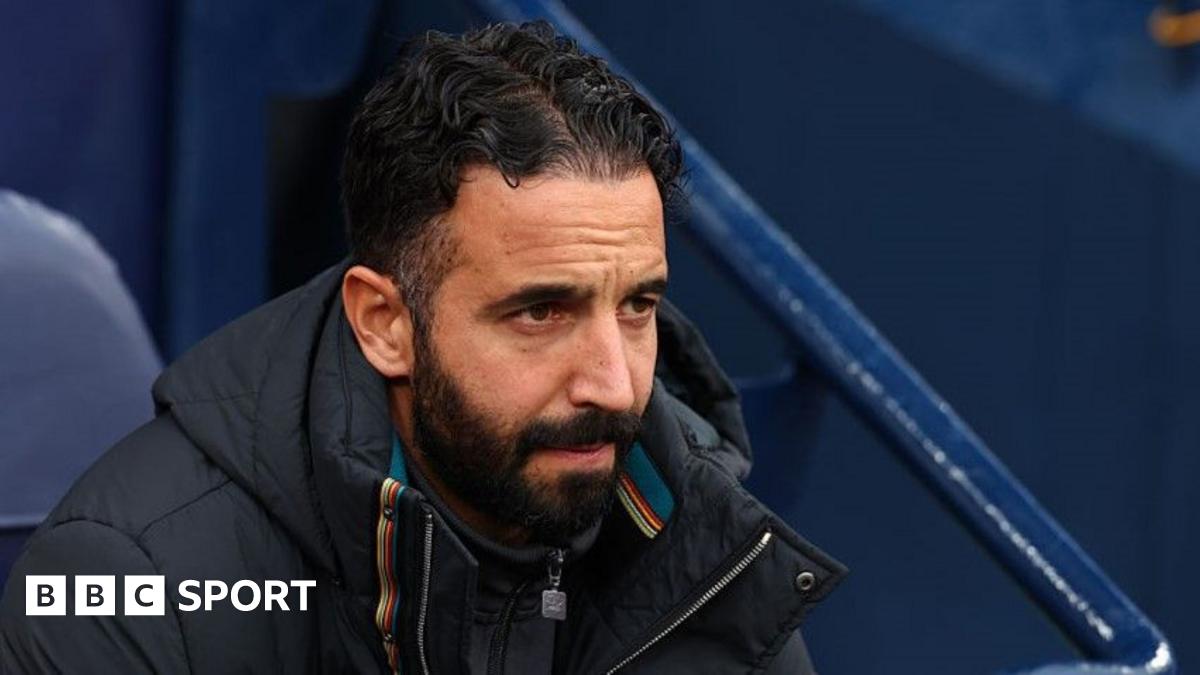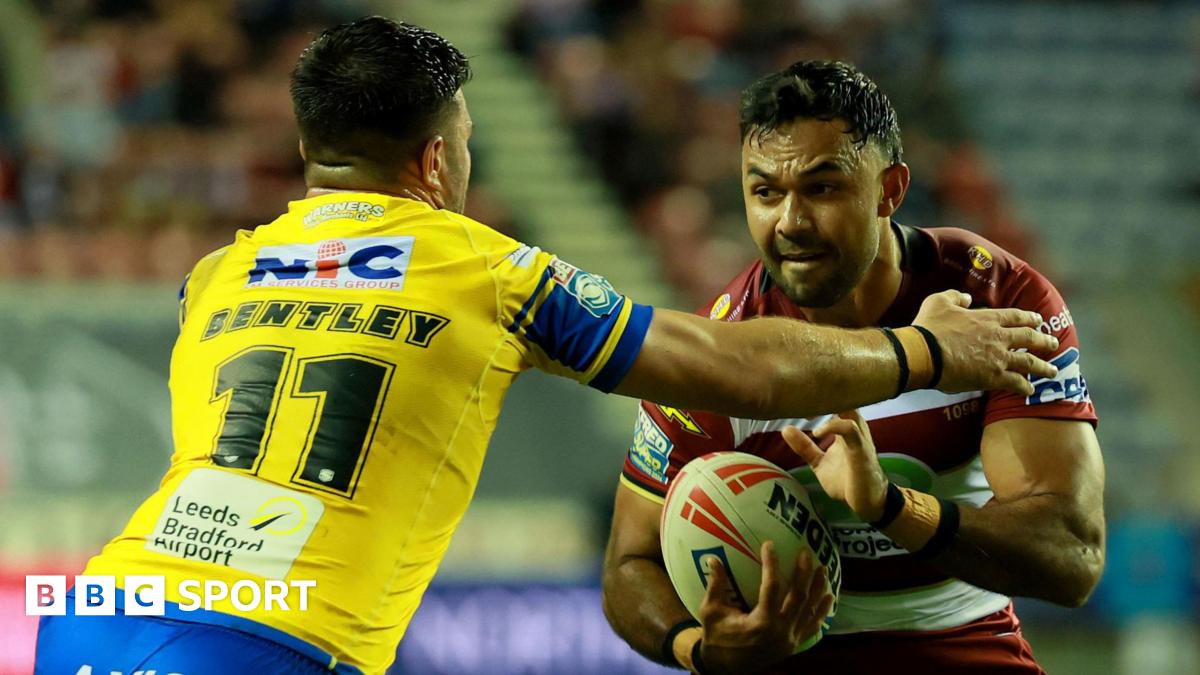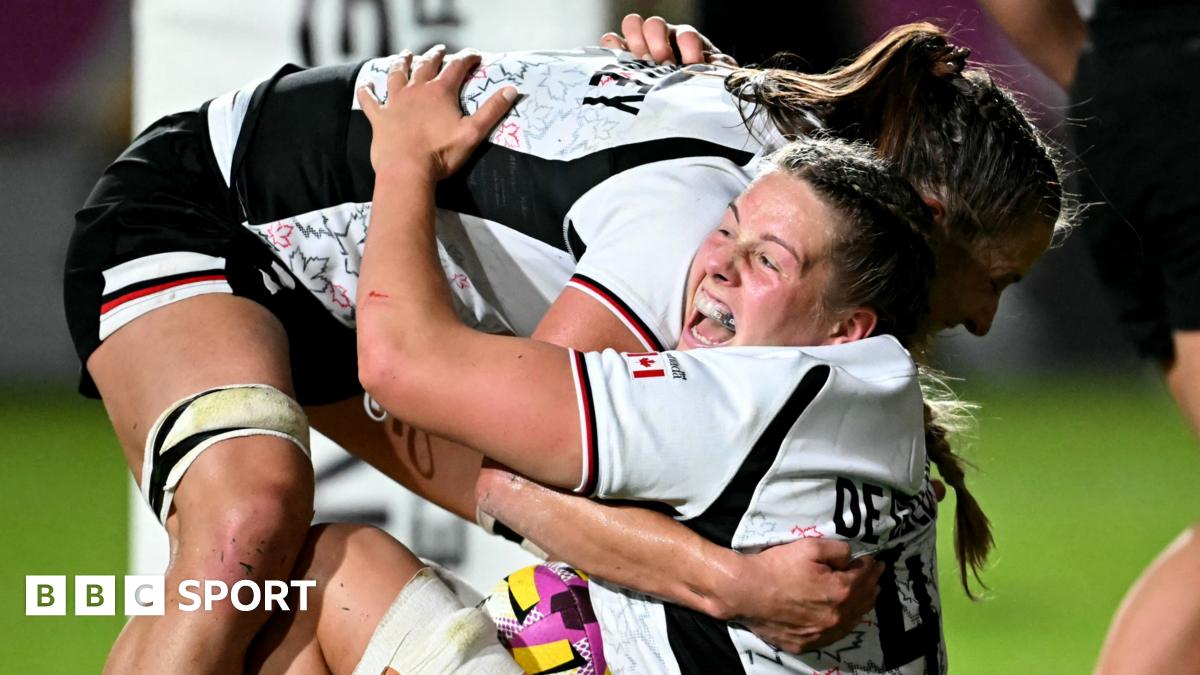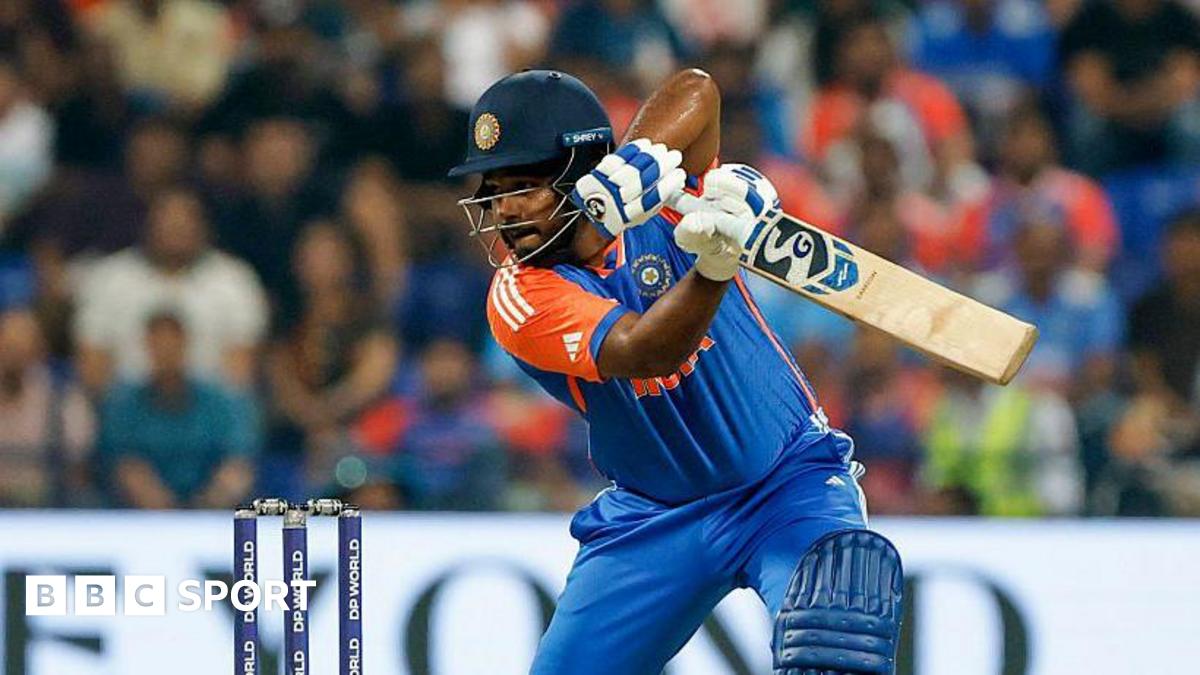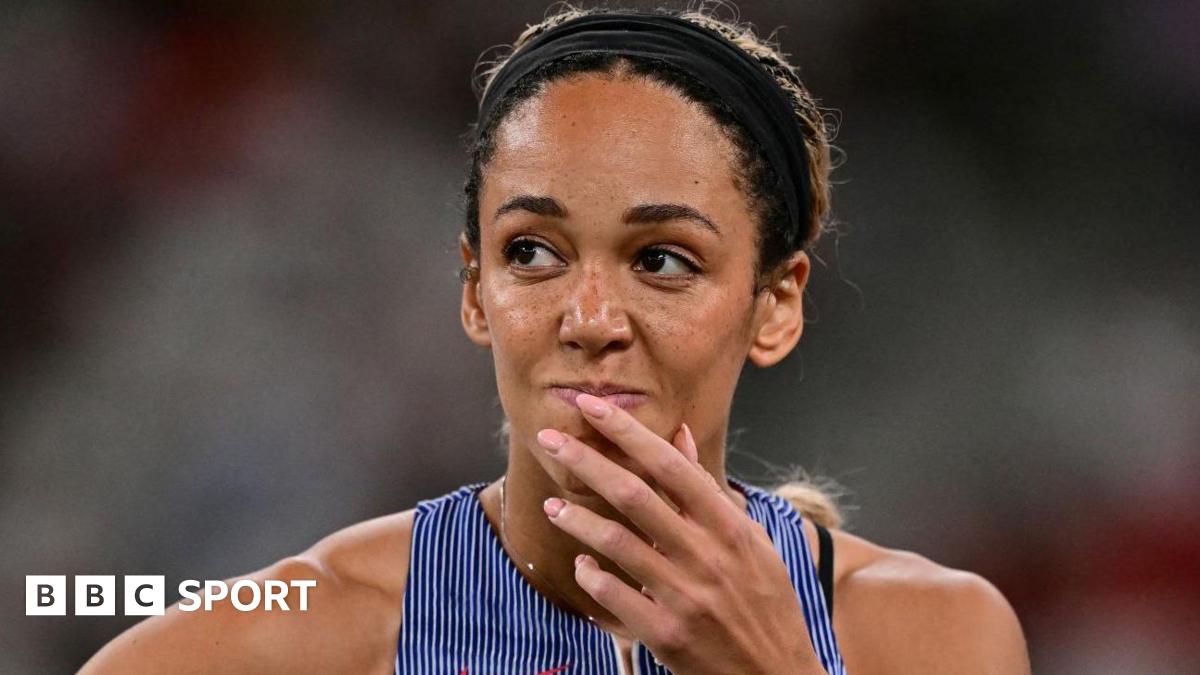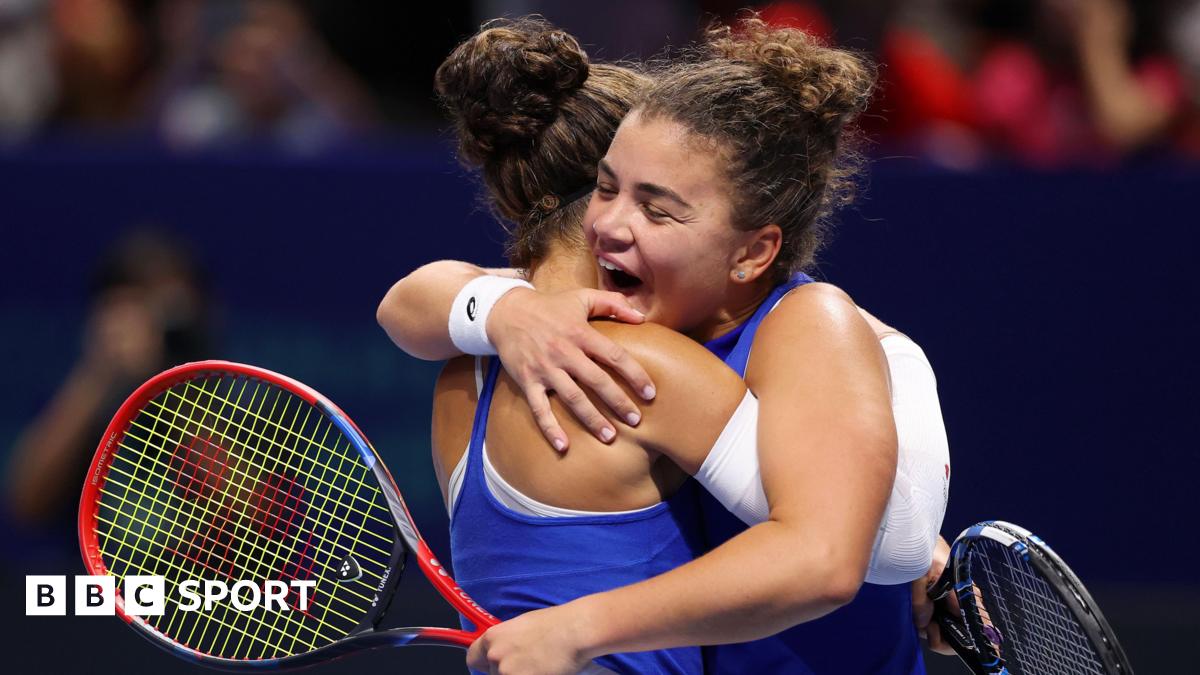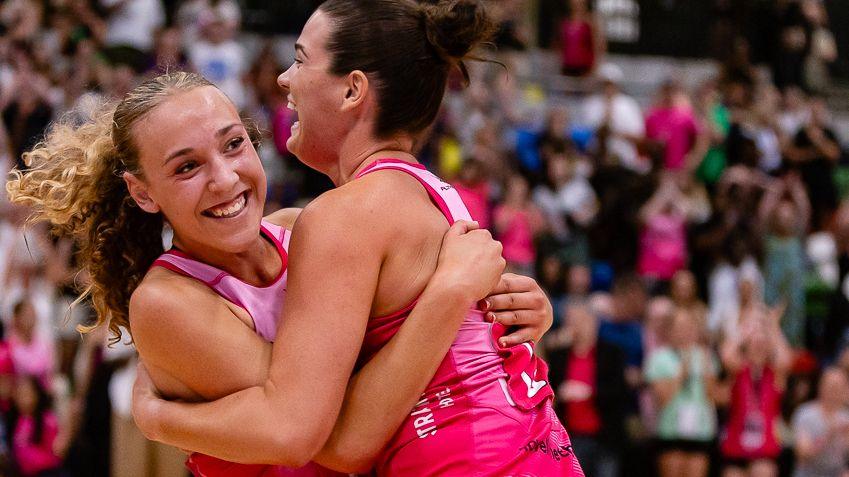 Image source, Hayley Bavin
Image source, Hayley Bavin
London Pulse finished top of the table in the regular season
John Skilbeck
BBC Sport senior journalist
A lick of paint or something more substantial? As the first Netball Super League season since its relaunch reaches a climax with Sunday's Grand Final, what has changed?
Player pay rises averaging about 60% have only led a small contingent to commit to full-time professionalism.
So where is the growth, where might it come next, and what else has been happening?
Netball's big day out at the O2 in London offers a timely moment to examine how the professional side of the sport in the UK - specifically England and Wales - is evolving.
Big city league, but Lightning strike again
Trimming the league from 10 to eight teams for this season involved controversially cutting sides from Guildford, Bath and Worcester, plus Scotland's lone representative, Glasgow-based Strathclyde Sirens.
Teams sprung up in Nottingham and Birmingham - Forest and Panthers finishing fifth and sixth respectively - as the league looked to become a big-city operation, with its stronghold in England, given England Netball is the league's organisers.
Loughborough Lightning are outliers in a sense - a university-based team with a long track record of success.
Bath, also with university ties, enjoyed huge success before losing their place in the elite, but Loughborough surely have greater security. England Netball has its headquarters in the Leicestershire town, and the team continue to set high standards.
A fifth consecutive appearance in the Grand Final - with London Pulse their opponents - showed the team led by coach Vic Burgess remain an exemplar for league newcomers and established sides alike.
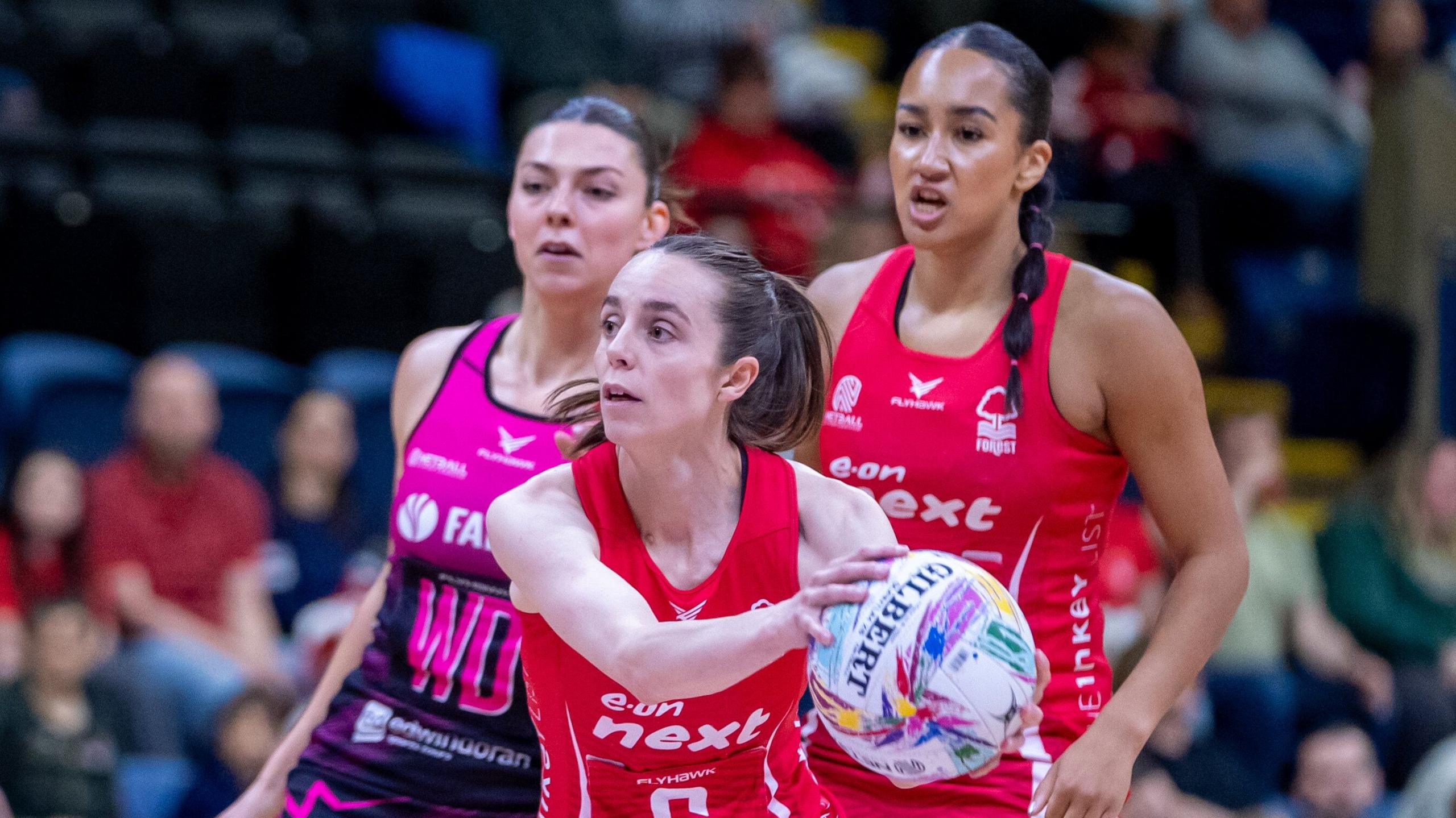 Image source, Ben Lumley
Image source, Ben Lumley
Newcomers Nottingham Forest did the double over high-flying near-neighbours Loughborough
Painful reminders
The season's opening night served up a cruel reminder that netball players risk serious injury every time they take to the court.
Teams are offering better training facilities and more opportunities to spend time in the gym, but women in sport remain far more susceptible to non-contact serious injuries than men.
That was highlighted when London Mavericks' Vicki Oyesola crumpled to the court floor after landing a little awkwardly against Cardiff Dragons.
It was the dreaded anterior cruciate ligament (ACL) knee injury, the bane of many a netballer's career - a season-ender on day one.
NSL says women are six times more likely to sustain such a non-contact injury than men, while a National Ligament Registry study has shown there are only more ACLs suffered by women in skiing than in netball.
More setbacks have followed, with Birmingham Panthers goal shooter Sigi Burger suffering a complete tear of her medial collateral ligament.
Manchester Thunder captain Amy Carter, who is a junior doctor and missed the 2022 season with an ACL injury, explained to BBC Sport why netballers suffer so badly.
"It's a few different things. Your hips are a little bit wider, your knees are a bit closer together, you're more likely to do your ACL," Carter said.
"You've got the menstrual cycle to take into account, which can increase your risk when you're on your period. The nature of the game, the change of directions, the high impact, the stopping still straight away, that can also contribute to it."
Research continues into how players might mitigate risk, but knees are not the only problem. Panthers' Gabby Marshall retired in May after a second concussion injury in a month.
Packing them in
More than 50% of games have been played in major arenas this season and there has been a sharp climb in attendances.
Average regular-season crowds have been estimated at about 1,500 in 2024, and league officials announced there was a 42% rise this year.
For a first season of the so-called NSL 2.0 era, the rise signals strong progress.
As an intriguing comparison, the first season of Women's Super League football following a similar reboot in 2014 resulted in average crowds of 728 (from 562 in 2013).
Capital gains for grand finale
The move to switch the Grand Final from Birmingham to London's O2 reflected an ambition to see netball played in the biggest possible indoor venues.
The 'think big' approach has been clear all season and England Netball said ticket sales mean the season-ending showpiece will be the best-attended netball event in England since 2002.
Big steps - but what about next steps?
What is Netball Super League's new super shot?
The introduction of a two-point super shot this season raised eyebrows.
In play for the final five minutes of each quarter, NSL hoped it would lead to closer matches. There was also the prospect it could spark thrilling comebacks or blowout wins.
Some players and coaches liked the idea, some did not. NSL has contentedly reported a 23% increase in games with less than a five-goal winning margin.
Off the court, the Women's Sport Trust said NSL enjoyed a 524% increase in TikTok views amid a push to connect with potential new fan bases.
But there are issues to examine, with video assistant referee (VAR) technology worthy of ongoing discussion.
Leeds Rhinos were upset when they controversially lost to Birmingham Panthers in May.
Rhinos were beaten 71-69 after extra time but felt they deserved the win in regulation time after what they believed was a two-point super shot was only credited as a one-point shot.
Replays appeared to back up Rhinos' claims, but there was no immediate recourse without VAR, with league rules preventing the outcome of a match being altered after the event. All rather unsatisfactory, and food for thought for those pushing the sport forward.

 2 months ago
32
2 months ago
32
